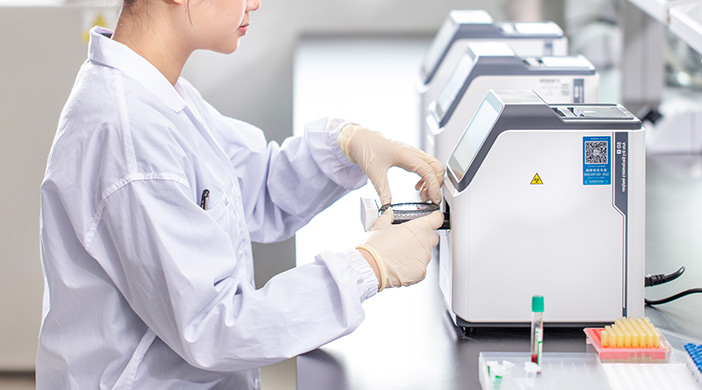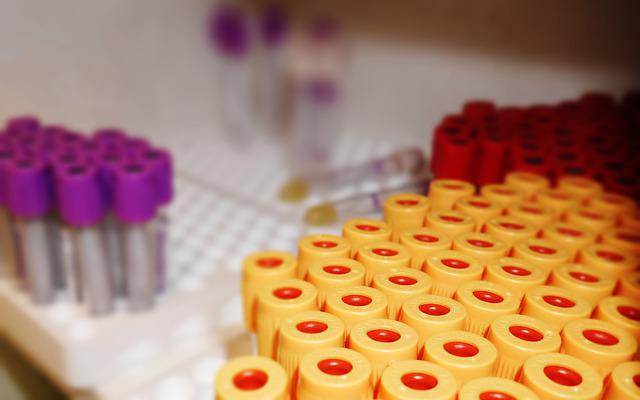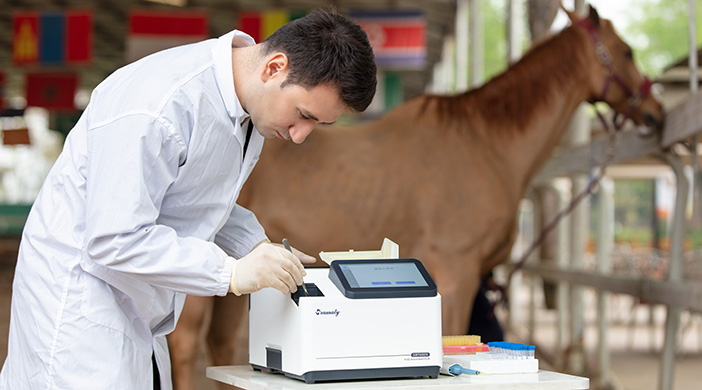When choosing a biochemical analyzer, we often see a dry biochemical analyzer. So, what does dry and wet mean exactly? This article will take you to understand the difference between dry and wet biochemistry analyzer.

What is wet Biochemical Analyzer?
The principle of wet chemical method is based on lambert-beer’s law. The reaction carrier is aqueous solution. The incident light is weakened after being absorbed by the colored reaction products. Reflect the concentration of the measured substance through the absorbance.
What is the dry Biochemical Analyzer?
Dry Chemistry, also known as solid-phase chemistry, uses the multilayer films solid-phase reagent technology. Directly add the liquid sample to the reagent carrier which has been cured on the special structure (dry chemical reagent). The water in the sample is used as the solvent, to dissolve the reagent which has been cured on the carrier, happen chemical reaction with the sample to be tested, and then do analysis and determination, the final concentration or activity of the object will be obtained.
Comparison between dry chemistry and wet chemistry
Advantages of dry chemistry
-
High accuracy: The sensitivity and accuracy are similar to those of a typical discrete instrument.
-
Fast detection: Multilayer film technology, immediate test after adding sample, short detection time
-
Wide range of applications: Flexible usage scenarios, suitable for laboratory, clinical blood station, primary medical and health institutions, physical examination center.
-
Environmental Protection and pollution-free: No washing, clean environmental waste only reagent card, easy to collect and handle
-
Small and light: Simple structure, small size and light weight.
-
Easy operation
-
Liquid-free pipe:Room temperature storage, no rewarming, long-term stable and non-electrode maintenance, no need to replace the electrode membrane
Influencing factors of dry chemistry analysis technology
-
1.Quality Control Substance
-
2.Storage and usage of dry reagents
-
3.Working Environment and temperature



